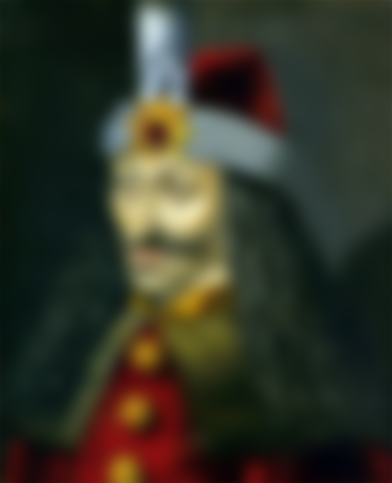In a previous article, “Horror Quotes” I wrote:
Bram Stoker, 1847-1912, was an Irish author. He wrote the original novel "Dracula", the ancestor (in a literary sense) of all later vampires in books and on film. Even if vampire lore has evolved considerably since then, the whole genre owes a lot to to “Dracula”.
In a way Dracula is what I would all an archetypal character; to many people he personifies the concept of a vampire. In this sense, Dracula is one of the most successful characters in world literature – and as all archetypal characters, he is better known than his creator.
While Bram Stoker, in his novel Dracula, created the prototype for all "modern" vampires and explicitly associated Dracula with a bat, this connection seems to be less distinct in pre-Dracula vampire lore, although it exists. But vampires, in some form, occur in all the ancient cultures as long back as there is humanity.

While Bram Stoker's Dracula is a fictive being, there is a historical person behind the character, or at least behind the name: Vlad III, Prince (or Voivode) of Wallachia (1431–1476), better known as Vlad Tepes (Vlad the Impaler). The original name of the character in his story was Count Wampyr, but Stoker changed it just a few weeks before publication. Vlad Tepes' father, Vlad II of Wallachia, was given the epithet Dracul after having joined (Holy Roman) Emperor Sigismund's Order of the Dragon, from which he hoped to get help in his fight against the Turks. His descendants wore the patronym Drăculea. That inspired Bram Stoker to give his character the name “Dracula”.
Names are important and choosing this name was almost a strike of genius. Given everything else in the story being the same, I don't think “Count Wampyr” would have become such an archetypal classic as “Dracula” became. Undoubtedly a very suggestive name.
Apart from the name and the environment, Vlad Tepes has little or nothing to do with vampires. He was a ruthless and cruel ruler, as all rulers of his time (although allegedly, he was unusually cruel), but there is nothing to remind of Bram Stoker's Dracula. Also, he was a strict Orthodox Christian who favoured the Church. Dracula fans from the West, who base their views on various films but don't know anything about history, have usurped Vlad Tepes and made him a central figure in a myth he did not stand for. Some Satanists consider him their spiritual father! The tourist industry in Romania supports this and adds new details to the myth. One can even find vampiric objects in certain museums. Imagination projects the literary Dracula on the historical Vlad Tepes to a degree where the real Vlad Tepes fades from view.

In the history of Romania (of which Wallachia today is a part) and Bulgaria, Vlad Tepes is a hero. He defeated the Turks, who otherwise expanded into and dominated the Balkans; perhaps he saved the Romanian and Bulgarian nations and their Orthodox Christianity. In patriotic propaganda, he is also famous for his fight against the corrupt boyars (nobility).
(This article is based on material previously published in Meriondho Leo and in my e-book “The Promethean Fire”, 2018.)
Copyright © 2020 Meleonymica/Mictorrani. All Rights Reserved.
Here you can find:
All my articles about Folklore.

